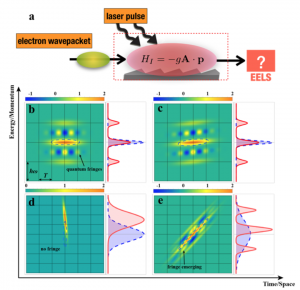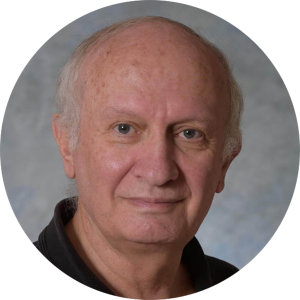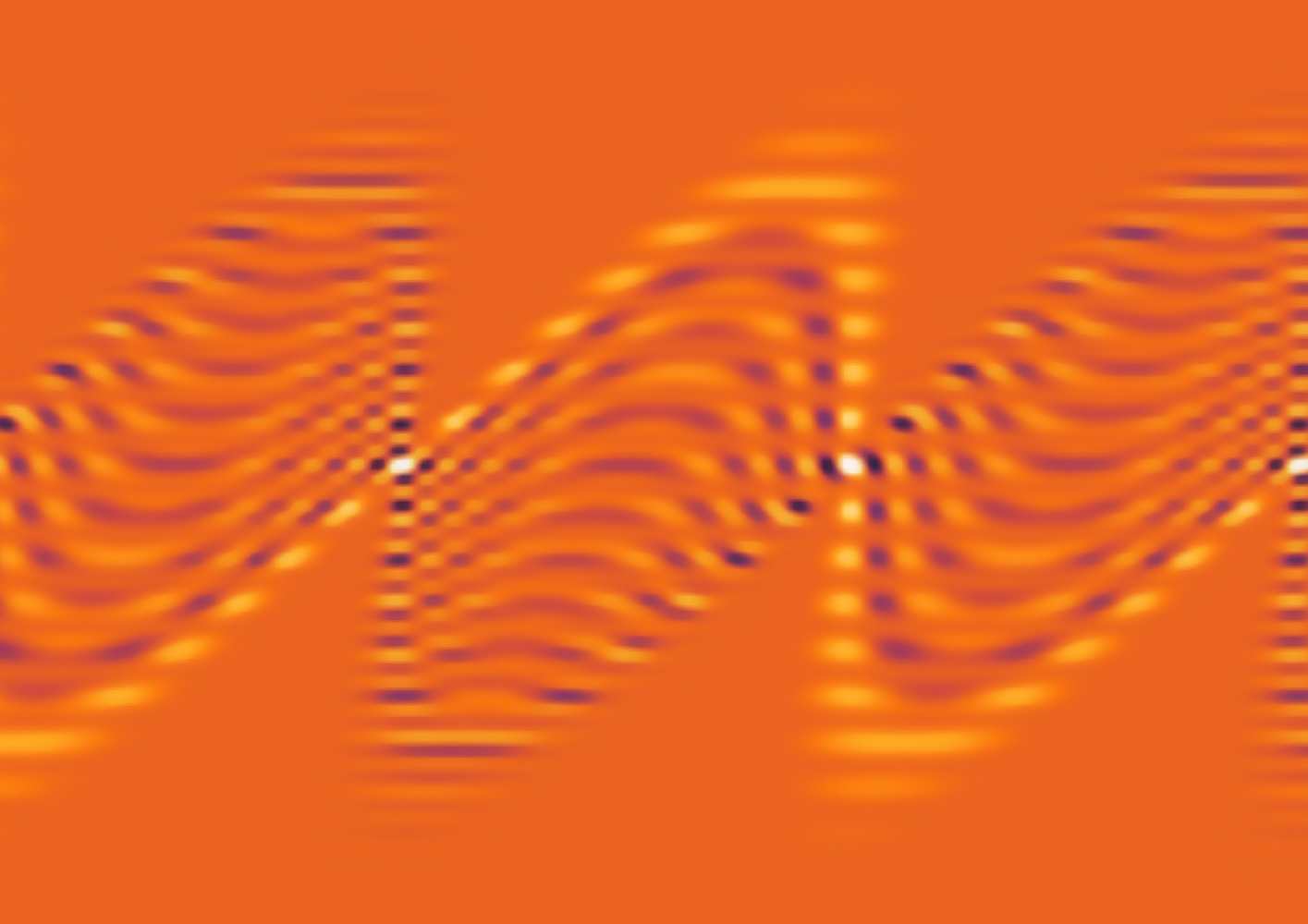The reality of the quantum electron wavefunction in interactions with light and matter
Avraham Gover, Tel Aviv University (Israel)
05 July 2019, h. 9:00-10:00 AM CET
Facebook Live: https://www.facebook.com/quantumsorter/
The ninth Q-SORT Interdisciplinary Training Webinar touches upon the following topics:
- Light matter quantum interaction,;
- FEL;
- PINEM;
- Fundamental quantum mechanics.
“Does the wavepacket dimension of a free-electron quantum wavefunction have physical significance? Can it be measured?” “What is the role of wave-particle duality in quantum interactions between light and matter?” These questions lay in the foundations of Quantum Mechanics since its early conception1.
In this presentation we respond to these challenges by presenting a universal formulation for interactions of single free electrons with light in general interaction schemes, such as Free Electron Lasers (FEL)2, laser accelerators3,4, and Photon-induced Near-field Electron Microscopy (PINEM)5. The formulation is based on modeling the electron as a quantum wavepacket of minimal Heisenberg uncertainty in Energy-Time phase-space. The topology of the wavepacket distribution in phase-space at the entrance to the interaction region determines entirely the nature of its post-interaction (Wigner) distribution and corresponding energy spectrum. Only three kinds of interaction regimes are universally possible (see figure):
- a quantum regime of multi-photon emission/absorption and electron quantum recoils with PINEM-kind energy spectrum of discrete sidebands.
- a classical regime of near point-particle acceleration energy spectrum.
- a newly reported intermediate regime of quantum interference (Anomalous PINEM) that has not been observed so far.
This new formulation resolves the particle-wave duality question, delineates the transition from quantum to classical electrodynamics, and establishes the measurability of the history-dependent quantum electron wavefunction size and shape. It open up deeper understanding of the fundamentals of light-matter quantum interactions, and can lead to development of new applications in electron microscopy and spectroscopy6-9.

References
[1] Schrödinger,Phys. Rev.28(6), 1049 (1926); M. Z.Born,Physik37, 863 (1926).
[2] M. Madey, Journal of Applied Physics,42(5),1906-1913 (1971).
[3] Peralta, et al., Nature, 503(7474), 91 (2013).
[4] Breuer, J., & Hommelhoff, P. (2013). Physical review letters, 111 (13), 134803.
[5] Priebe et al, Nature Photonics 11.12, 793 (2017)
[6] Gover, Y. Pan, Phys. Lett. A382, 1550 (2018).
[7] Pan, A. Gover, “Spontaneous and stimulated emissions of preformed quantum Free Electron wavefunction”, Phys. Rev. A. (in print 2019);https://arxiv.org/abs/1805.08210
[8] Pan, B. Zhang, A. Gover, “Anomalous photon-induced near-field electron microscopy”Phys. Rev. Lett. (in print 2019)https://arxiv.org/abs/1811.11024.
About the speaker

Avraham Gover is a faculty member (emeritus) in the Physical Electronics Department of the Faculty of Engineering in Tel Aviv University. He has received his B. Sc. and M. Sc. Degrees in Physics from Tel-Aviv University in Israel in 1968 and 1971 respectively. He received his Ph.D. degree in Applied Physics from CALTECH in California U.S.A. in 1975. He is a Fellow of the IEEE and a Fellow of the American Physical Society. In 2005, he was awarded the international FEL prize “in recognition for his outstanding contributions to Free Electron Laser science and technology”. He is one of the pioneers of the field of Free Electron Lasers (FEL), and one of the leading experts in this field for the last thirty years. Gover has participated in numerous international FEL projects in the U.S. and other countries. In 2005 he served as a member of the “Soft X-Ray Free Electron Laser Committee” of ESFRI (EU), charged of preparing a road map of the long term scientific infrastructure development of the European Union Commission. He has presently scientific collaborative projects on FEL science with UCLA, SLAC and Stanford University. Gover’s expertise is in both the theoretical and experimental fields of lasers and quantum electronics, and his main contribution. He has contributed to the development of numerous innovative theoretical and experimental concepts in the field of free electron radiation sources. These include the identification of the common high gain and collective regime dispersion relation of FEL and a large variety of free electron radiation sources, the theory of Quantum-FEL and other quantum radiation sources and fundamental relations of spontaneous and stimulated emission, Smith-Purcell FEL, Electrostatic schemes and concepts of pre-bunched beam FEL – superradiant and stimulated superradiant FELs and the Tapering Enhanced Stimulated Superradiant Amplifier (TESSA). His comprehensive theoretical model of FEL and e-beam radiation devices is published in the chapter on Lasers/FEL in the Encyclopedia of Modern Optics.

